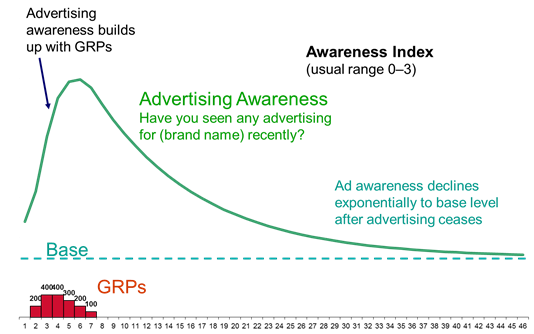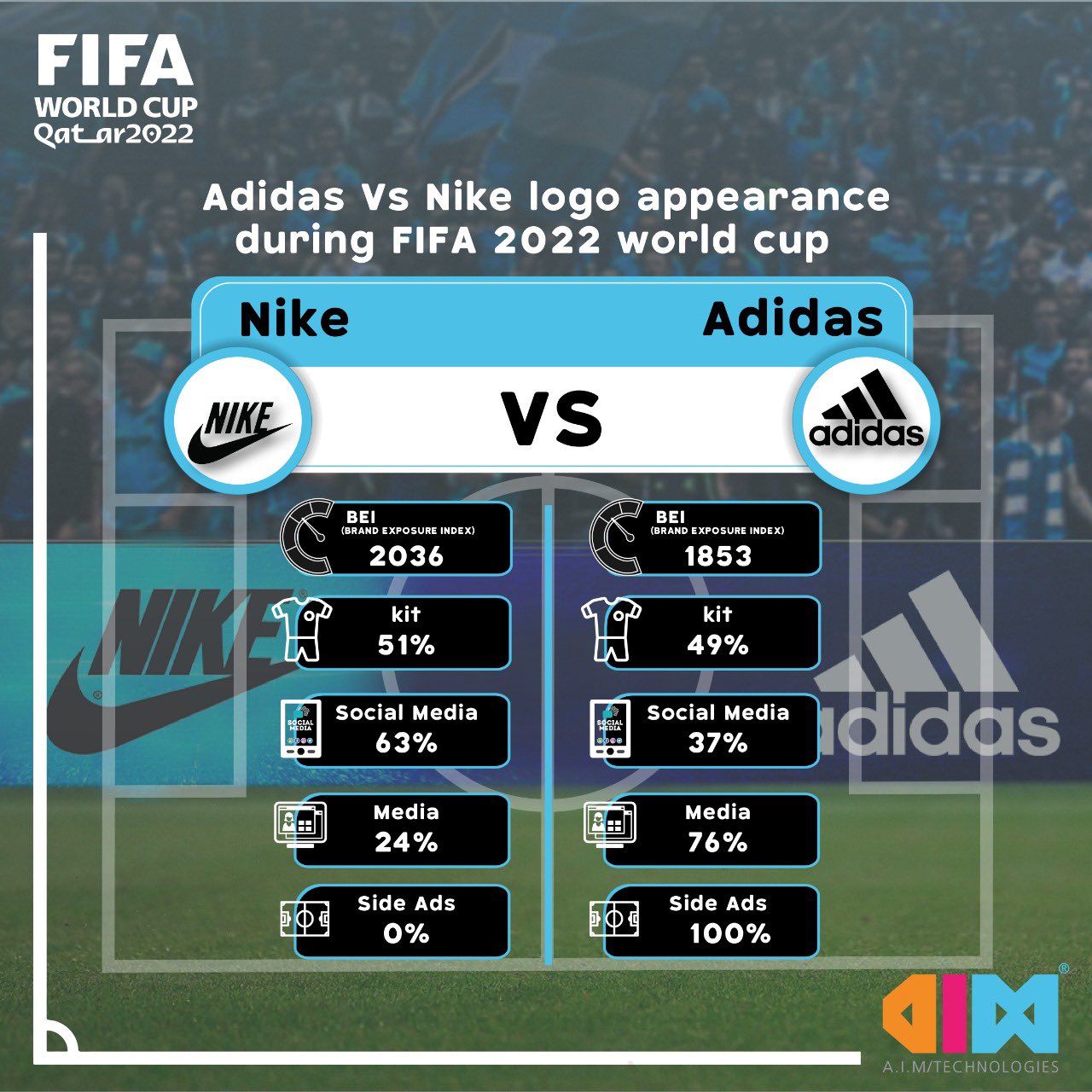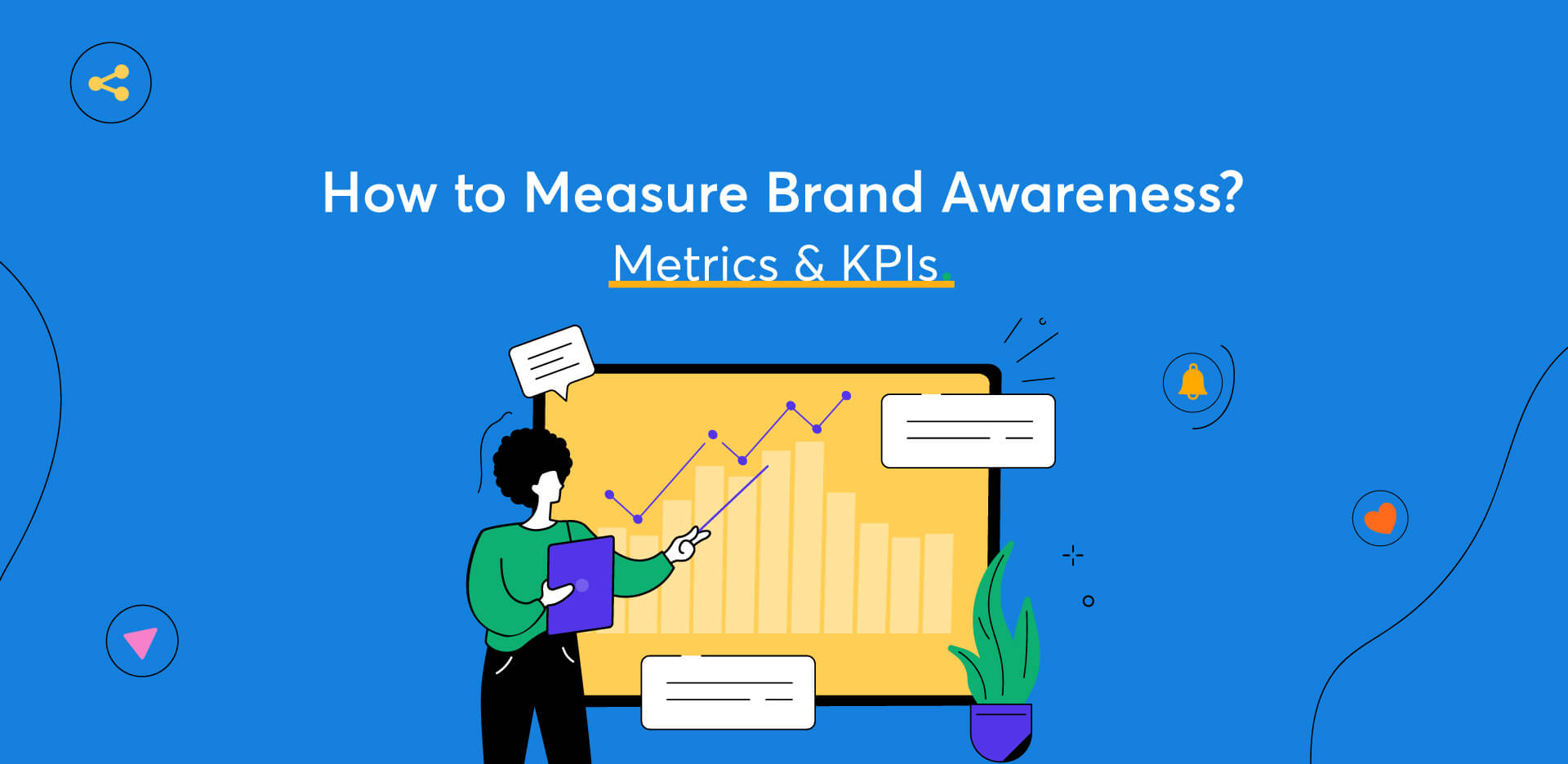In today’s competitive business landscape, brand exposure plays a vital role in determining the success of a company. The more people are aware of and engage with a brand, the higher its chances of gaining market share and driving customer loyalty. To effectively measure and optimize brand exposure, marketers rely on a metric known as the Brand Exposure Index. This article explores the concept of the Brand Exposure Index, its significance, calculation methods, strategies to improve it, and the tools available for measurement.
What is Brand Exposure Index?

The Brand Exposure Index measures the extent to which a brand is exposed to its target audience. It quantifies the reach and engagement levels of a brand’s marketing efforts across various channels, providing insights into its overall visibility and impact. By monitoring this index, marketers can understand the effectiveness of their campaigns, make data-driven decisions, and optimize their strategies for improved results.
Importance of Brand Exposure
The Brand Exposure Index holds significant importance for businesses aiming to establish a strong market presence. It allows brands to evaluate their marketing efforts and identify areas for improvement. Here are key reasons why monitoring the Brand Exposure Index is essential:
- Data-driven Decision Making: By understanding the reach and impact of your brand, you can make informed decisions about marketing strategies and resource allocation.
- Competitive Analysis: Comparing your Brand Exposure Index with competitors’ allows you to gain insights into your market position and identify opportunities for differentiation.
- Consumer Perception: The Brand Exposure Index provides a valuable perspective on how consumers perceive your brand, enabling you to refine your messaging and positioning.
How to Calculate Brand Exposure Index

Calculating the Brand Exposure Index involves analyzing various metrics related to reach, engagement, and conversions. Here are the key steps to consider when calculating the Brand Exposure Index:
1. Data Collection
Collect relevant data from different marketing channels and platforms where your brand has a presence. This includes website analytics, social media metrics, email marketing data, and any other touchpoints where your brand interacts with the audience.
2. Reach Metrics
Measure the number of impressions or views your brand receives across different channels. This could include website visits, social media impressions, ad views, and email opens. This metric provides a sense of your brand’s visibility.
3. Engagement Metrics
Evaluate how well your audience is engaging with your brand. This can include metrics such as likes, comments, shares, click-through rates, and time spent on your website or app. Engagement metrics reflect the level of interest and connection your brand is generating.
4. Conversion Metrics
Measure the number of conversions your brand generates, such as purchases, sign-ups, or inquiries. This metric reflects the impact of your brand exposure on driving desired actions from your audience.
By combining and analyzing these metrics, you can derive a comprehensive Brand Exposure that reflects the overall effectiveness of your brand’s visibility and impact.
Benefits of Monitoring Brand Exposure

Monitoring the Brand Exposure Index offers several benefits that can positively impact your marketing strategies and overall brand performance. Here are some key advantages:
1. Assessing Marketing Campaigns
By tracking the Brand Exposure over time, you can evaluate the success of your marketing campaigns. This helps you identify which campaigns are most effective in increasing brand exposure and engagement.
2. Competitive Analysis
Comparing your Brand Exposure Index with your competitors‘ allows you to gain valuable insights into their strategies and performance. Understanding their strengths and weaknesses can guide you in optimizing your brand exposure efforts.
3. Understanding Consumer Perception
The Brand Exposure Index provides insights into how consumers perceive your brand. By analyzing engagement metrics, sentiment analysis, and customer feedback, you can gauge the effectiveness of your messaging and brand positioning.
Strategies to Improve Brand Exposure
Boosting your Brand Exposure requires strategic planning and execution. Here are some effective strategies to consider:
1. Content Marketing
Create and distribute high-quality, engaging content across various platforms to increase brand visibility. This can include blog posts, videos, infographics, and social media content that resonates with your target audience.
2. Influencer Collaborations
Partnering with influencers or industry experts who align with your brand values can significantly enhance your brand exposure. Their endorsements and recommendations can reach a wider audience and generate trust.
3. Social Media Advertising
Invest in targeted social media advertising campaigns to amplify your brand’s reach. Platforms like Facebook, Instagram, and LinkedIn offer advanced targeting options to ensure your ads are seen by relevant users.
Tools and Platforms for Brand Exposure Measurement

Various tools and platforms can assist you in tracking and measuring your Brand Exposure. Here are some popular ones:
1. Google Analytics
Google Analytics provides comprehensive insights into your website traffic, user behavior, and conversions. It allows you to track the effectiveness of different marketing channels and campaigns, aiding in Brand Exposure Index measurement.
2. Social Media Analytics Tools
Platforms like Facebook Insights, Instagram Insights, and Twitter Analytics offer valuable data on reach, engagement, and audience demographics. Utilize these tools to monitor your brand’s performance on social media.
3. Brand Monitoring Tools
Brand monitoring tools like Brandwatch, Aim Insights, and Talkwalker enables you to track brand mentions, sentiment, and engagement across various online channels. These tools help in understanding your brand’s perception and reputation.
Challenges and Limitations
While the Brand Exposure Index is a valuable metric, it’s important to be aware of its limitations. Here are some challenges to consider:
- Attribution: Attribution can be complex when measuring brand exposure. Determining the direct impact of certain touchpoints on the Brand Exposure Index may require advanced analytics and modeling.
- Offline Visibility: The Brand Exposure Index primarily focuses on online channels. For businesses with a significant offline presence, measuring brand exposure and impact in traditional media may require additional research and data gathering.
Conclusion
Monitoring and optimizing your Brand Exposure Index is crucial for building a strong brand presence and increasing your market share. By understanding how your brand is exposed, engaging your audience, and measuring the impact, you can make data-driven decisions and improve your marketing strategies. Remember, a well-executed Brand Exposure Index strategy can be a game-changer in today’s competitive business landscape.
Ready to take your brand exposure to the next level? Request a demo from Aim Technologies, the industry leader in brand analytics and measurement solutions. Discover how their advanced tools and expertise can help you maximize your Brand Exposure Index and drive meaningful results for your business.
FAQs
1. How frequently should the Brand Exposure be monitored?
- It is recommended to monitor the Brand Exposure regularly, depending on your marketing efforts and industry dynamics. Monthly or quarterly assessments can provide meaningful insights into the effectiveness of your strategies.
2. Can small businesses benefit from monitoring their Brand Exposure?
- Absolutely! Monitoring Brand Exposure is beneficial for businesses of all sizes. It helps small businesses identify growth opportunities, refine their messaging, and understand their market position.
3. Is Brand Exposure relevant for offline businesses?
- While Brand Exposure primarily focuses on online channels, offline businesses can still benefit from monitoring their brand exposure. This includes tracking mentions in traditional media, assessing customer feedback, and evaluating the impact of events or sponsorships.
4. What role does user-generated content play in Brand Exposure?
- User-generated content, such as customer reviews, social media mentions, and testimonials, can significantly impact Brand Exposure. Positive user-generated content can enhance brand credibility and visibility, while negative content may have the opposite effect.
5. Are there any industry benchmarks for Brand Exposure?
- Industry benchmarks for Brand Exposure may vary depending on factors such as the sector, target audience, and competitive landscape. It’s best to establish your benchmarks based on historical data and competitor analysis.


